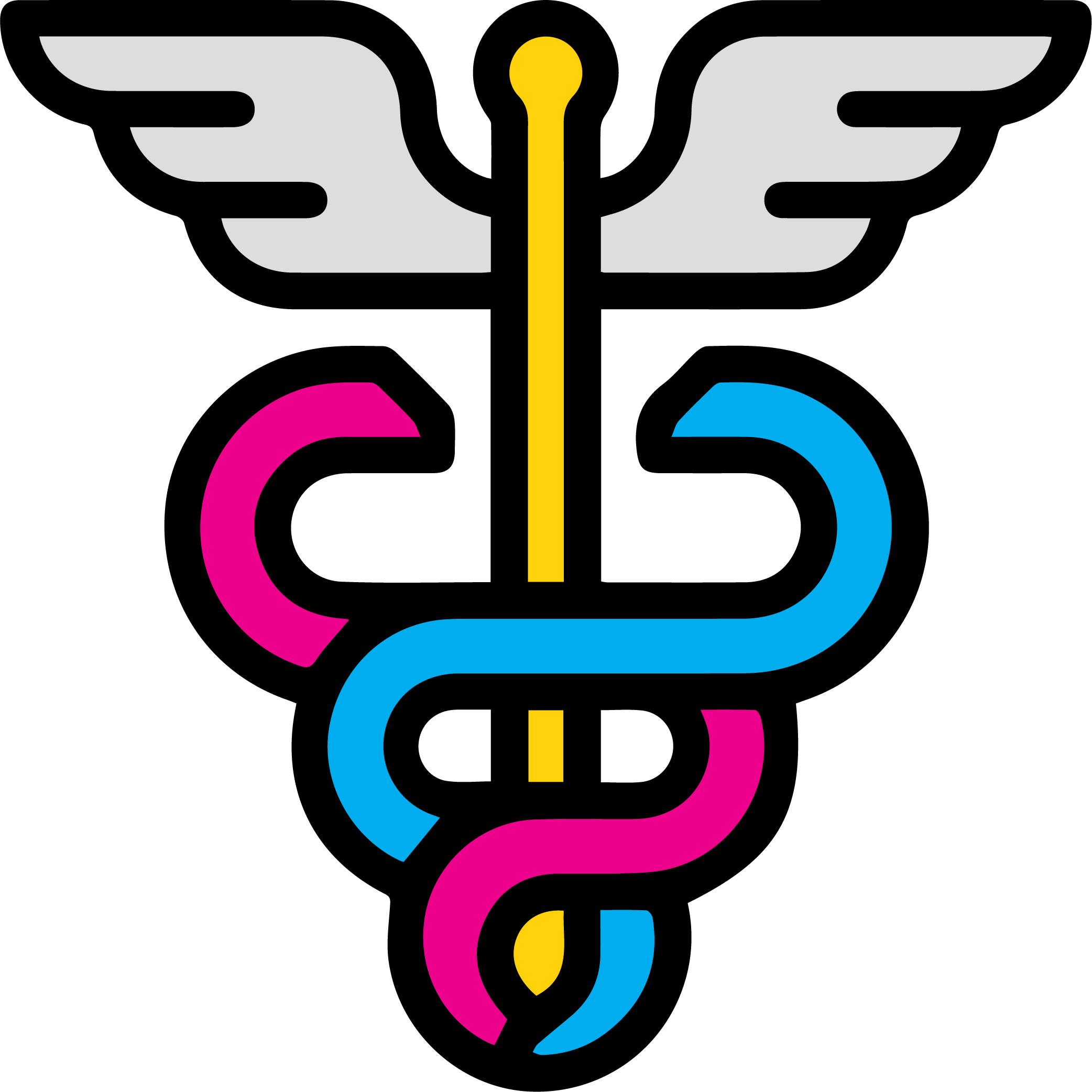Updated: August 31, 2021
Office Efficiency: The Best Designs for Maximum Productivity
 Have you even wondered what the best way to set up your office for maximum productivity is? Well, as it turns out, office efficiency has as much to do with psychology as it does with office equipment.
Have you even wondered what the best way to set up your office for maximum productivity is? Well, as it turns out, office efficiency has as much to do with psychology as it does with office equipment.
Environmental Factors
The American office landscape has evolved significantly over the last century. [The University of Southern California Dornsife College of Letters, Arts, and Sciences(https://dornsife.usc.edu) recently compiled data that analyzes how office design relates to productivity. The main takeaways are that poor design can reduce productivity, which can result in financial burden and loss. And, that work-life balance is increasingly important to employees who have higher expectations for what their employer will provide.
Office Evolution
The new “trend” of open offices is, not surprisingly, not new at all. In the 1920s and 30s, employees were housed in large open “bullpens” with managers and supervisors in offices. The greatest changes came during the mid-century with the advent of fluorescent lighting, which offered more layout flexibility. Anyone who has spent 40 hours a week in a cubicle can thank American furniture designer Hermann Miller, who introduced the “three-walled system” as an ideal for office efficiency. After layoffs in the 80s and 90s, the open office concept saw a resurgence and then evolved into hyper-cool offices from brands like Google and Yahoo.
So, what does the evolution of office space have to do with productivity? During those various time periods, companies designed and laid out office for what they perceived to the best option for increased output. While sitting in a huge room facing your supervisor might have compelled employees to work faster, it certainly did not boost employee morale.
Today’s Collaborative Spaces
While open spaces did put everyone on a level playing field, it had several drawbacks, including distractions, noise complaints, and creativity, which in the end reduced productivity. Due to push back against open office spaces, cutting-edge companies began experimenting with different types of collaborative spaces for office efficiency.
The offices of today and the future are more efficient than ever, allowing for flexible, efficient spaces. Many of the changes to where we work are related to how we work, which is driven primarily by technological evolution. Now it is about clusters and group dynamics that promote creativity and the open exchange of ideas.
Savvy employers know that work-life balance is more important than ever, especially with smart technology that often leaves us working while commuting, dining, and relaxing. For employees to be happy, healthy, and efficient, they need natural lighting, good air quality, and limited distractions. When employees feel that they are taken care of, they are more satisfied with their jobs and more productive overall.


